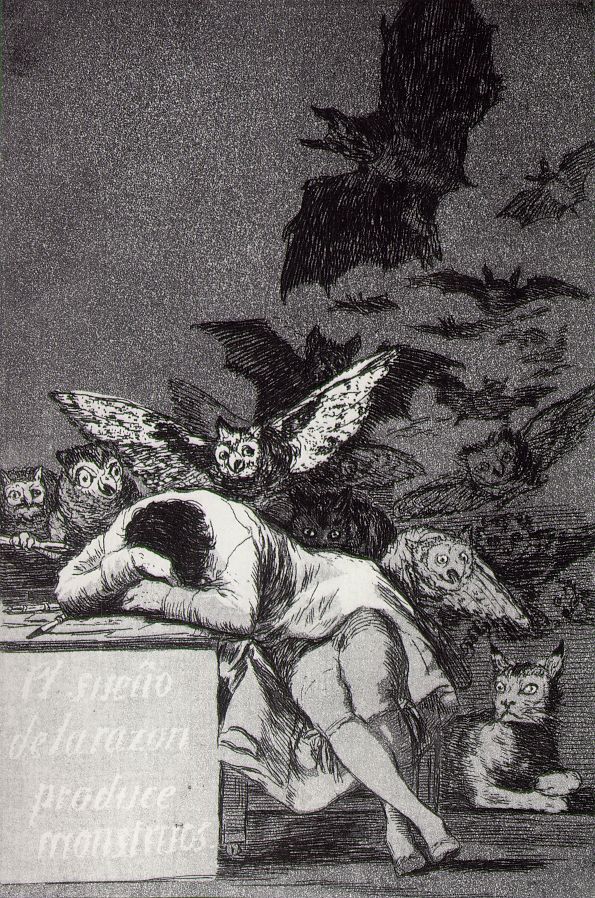February 05, 2004
bodies
The body is a central part of the aesthetic. The aesthetic is commonly seen as a discourse about the [Platonic] beauty of high art. However, it is, in many ways, a discourse of the body, of the whole region of human perception and sensation; a discourse about our lived embodied sensate life.
The body in aesthetic discourse is seen as a constellation of pleasures and pains. It's movements are determined by desires, instincts, and appetites. Written and visual language traces this constellation by following the perpetually arcing trajectories of sensation. Language invests these trajectories with the energy of words and brings all these perverse entanglements to the surface, and revels in their ecstatic excretion.
In many ways the aesthetic is a rebellion against the rational scientific enlightenment, the valorization of systematic theory, and the focus on the mind.
This rebellion is marked by de Sade and then continued by Bataille, Genet, Klossowski, and Artaud. Here language sings the glory and pain of the polymorphously perverse. The upright body of the language of the liberal Enlightenment is penetrated from behind, and gives birth to all kinds of monstrous offspring.

Goya, The Sleep of Reason produces Monsters, 1797-98, Plate 43 of The Caprices (Los Caprichos)
Goya was a follower of the Enlightenment and so the artist saw reason as an important means to demolish the 'monsters.' However, he was also strongly interested in superstitions about witches and demons, a popular belief among the Spanish folk, and was almost engulfed by the uncontrollable dark fantasies in his very mind. The horrific images of the Black Paintings were created a during the period when the restored Spanish monarchy brought a new wave of repression after the defeat of Napoleon. Goya gave expression to, the dark side of society.
The Spanish word 'sueno’ can mean either ‘sleep’ or ‘dream’. So the fearful monsters are created either by the absence of reason, or by an ‘unconscious’ desire of reason itself. Goya subtitled the piece "Imagination abandoned by reason produces impossible monsters; united with her, she is the mother of the arts."
For liberal conservatives Goya's image is fairly straightforward. It means something along the lines of Marxism producing the fearful monster communism and the gulag; and then the monster of rebellious postmodernism of today.
In contrast, the body language of the aesthetic rebelling againstt the instrumental reason of the Enlightenment means that the body is no longer an organic unity. The body becomes a set of different erogenous zones between which pleasure and pain flash, transmitting impersonal affects and sensations. You can see this exploration of these erogenous bodily zones in some of the sexblogs
As the Art and Culture Network says, in the literature of transgression:
"Language is no longer easily distinguishable from a scream or a cry; the power of the inarticulate inheres within it. All signs become duplicitous, marking at once a sensation and a meaning, an affect and an idea. What emerges is a language of the flesh, a language of the cut and the caress, a language that flows in streams of blood, urine, semen, and saliva."
The signs of this language are no longer a transparent medium of communication as they are for instrumental reason. Rather, in this aesthetic discourse, the words and images cry out in pain and in pleasure and they become visceral thresholds and expressions of sensation.
this web page is crap you need some sort of pet maybe a monkey.
please reply to disscuss further.
Posted by: steve on February 23, 2004 10:33 PM